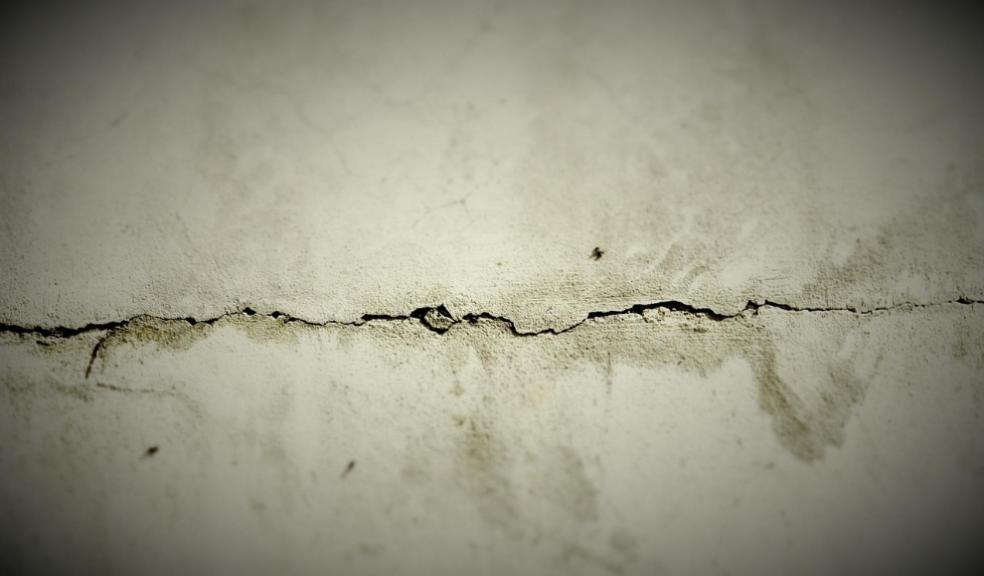
Postcode subsidence lottery ~ Free tool helps homeowners assess risk as UK braces for surge year in subsidence cases ~
All indicators suggest 2025 is likely to be the UK's next subsidence 'surge year', a year marked by a sharp spike in insurance claims triggered by prolonged heat and drought. In response, Geobear, a leading provider of subsidence solutions, has launched a new subsidence risk postcode calculator, giving homeowners a fast, free way to understand their property's risk level and take action before the damage sets in.
Subsidence claims can be devastating, costing tens of thousands to address and attaching a permanent stigma to the affected property. Geobear's new tool gives homeowners the chance to, for the first time ever, assess risk and act before the damage is done.
The tool's launch comes amid mounting concern about subsidence risks in 2025, with early signs suggesting a repeat of the 2022 surge year. That year, over 23,000 valid subsidence claims were made, the equivalent of one every 15 minutes during the second half of the year, costing insurers an estimated £219 million.
"Thousands of homeowners felt the impact of the 2022 record-breaking heatwave long after temperatures returned to normal," said Laura Hughes, general insurance manager at The Association of British Insurers.
The sunniest April on record, historical climate records dating back to 1884 broken through the spring, and three heatwaves already this summer have prompted Met Office investigations. Temperatures have been above average, while rainfall remained significantly below normal across most of the UK in 2025 so far.
Geobear's new tool allows homeowners to check their postcode's risk level by entering their postcode district and whether large trees are located within ten metres of the property. The tool then provides a risk rating of low, medium, high or very high.
These ratings are based on verified case data from Geobear's 25000-plus subsidence reports, the local soil type and its shrink-swell potential, the density of nearby tree coverage, and the number of past cases per 1,000 homes in the area.
Clay-rich soil is highly susceptible to shrink-swell behaviour. As this clay dries, it shrinks, causing ground movement that can crack walls, distort door frames, and devastate foundations.
"Expansive clay soils, often called shrink-swell clays, pose a serious threat during dry seasons," said Craig Dean, Geobear's residential services director. "As temperatures rise, so does the risk. This postcode tool helps London homeowners, property managers and insurers take proactive steps to understand their exposure before signs of subsidence appear.
"We've drawn from over 25,000 projects, mapping risk patterns at the community level, and integrating that knowledge into a public-facing platform. It's part of our mission to make ground engineering expertise more accessible and preventive," concluded Dean.
Try the subsidence risk postcode calculator for free here.









